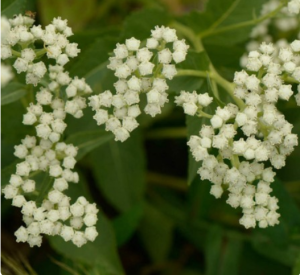
Wild Quinine Medical PDF Link
Sowing: Sow wild quinine seeds in late fall or as soon as the soil can be worked in the spring. Plant just below the surface, lightly compacting the soil. Keep the soil consistently moist until germination. Do not attempt to move seedlings, since they resent having their roots disturbed. For spring planting, mix the seeds with moist sand and store in the refrigerator for 60 days before planting.
Growing: Water seedlings until they become established. Mature plants tolerate drought and grow well in either dry or moist soil, though they prefer moist soil. Do not attempt to move the plants, since they do not transplant well. In their first two years of growth, these seedlings will develop slowly as they concentrate on developing their large taproot; plants will begin blooming in their second or third year. In good growing conditions, they may spread by rhizomes. This plant has excellent resistance to disease and pests, and tolerates both heat and cold well.
Harvesting: For fresh flowers, choose flower clusters that have just opened. Strip away the foliage that will fall below the water level, and place in water immediately. For dried flower arrangements, hang the stalks upside-down in a warm, dry place until they have completely dried. For best results, leave space around each stalk for good air movement.
Seed Saving: Allow the clusters of flowers to turn slightly brown and dry on the stem; cut the clusters and spread them out to dry completely. Separate the seed from the husks, removing as much plant material as possible. Store the Parthenium integrifolium seed in a cool, dry place.

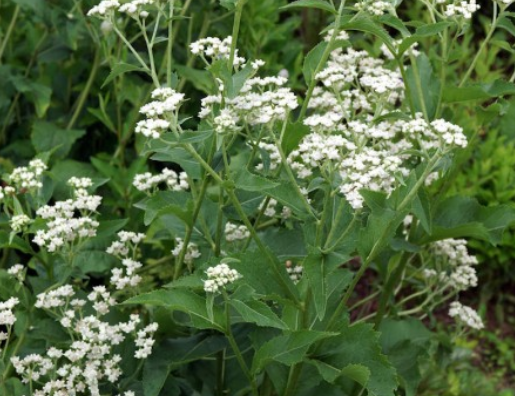
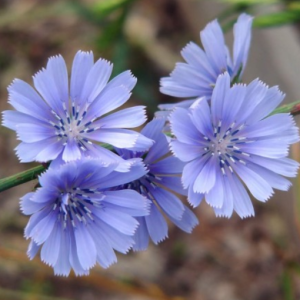
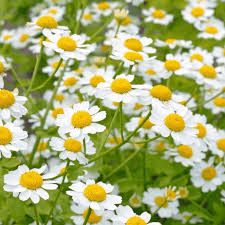
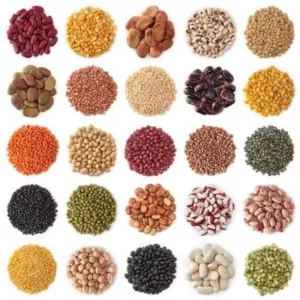
Reviews
There are no reviews yet.